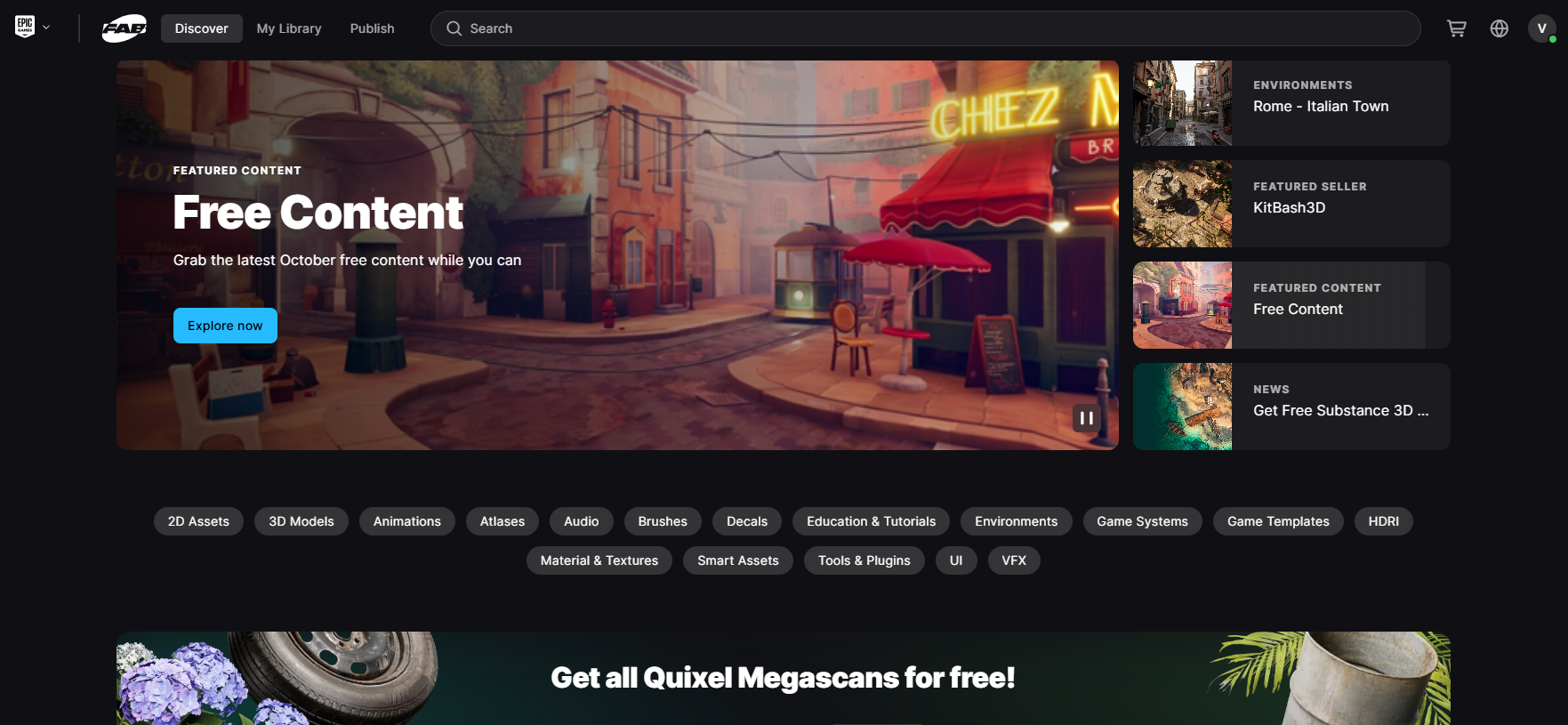
The Ultimate Web3 Marketing Guide For Your Brand
The internet has been through several stages of evolution since its creation in 1994. With Web 1.0, static web pages ruled the day. Then, at the beginning of the twenty-first century, Web 1.0 transformed into Web 2.0, which is the more dynamic, customizable, and user-driven internet that over 3 billion people worldwide benefit from today. Websites became more interactive, images and video no longer slowed down websites so much, and we began interacting with each other in entirely new ways. And now web 2.0 has paved the way for a new and intelligent Web 3.0.
The decentralized internet, or Web 3.0, can be thought of as the next generation of internet technology. Web 3.0 places a high emphasis on AI (artificial intelligence) and ML (machine learning). It promises to create a more fair and transparent internet that anybody can participate in without fear of losing privacy and security.
Web 3.0 is also known as the web of value. It connects the concept of decentralization with our human rights, allowing for a new collaborative environment that delivers actual value to its consumers.
Web 3.0 looks set to impact every industry in some way, but effective advertising and marketing will help your brand experience the most significant positive effects.
The Key Elements Of Web 3.0
Semantic Web
The Semantic Web is an extension of the existing world wide web that makes internet data machine-readable. It can improve online technologies by allowing internet users to create, share, and link material via search and analysis based on the ability to understand the actual meaning of words instead of just following keywords. This allows humans to communicate with search engines more efficiently.
Decentralized & Open-Source Networks
Web 3.0 is also called the “decentralized web” because it incorporates open-source and decentralized data networks rather than the centralized servers the current version of the internet uses.
Web 3.0 uses decentralization to store data in numerous locations by utilizing peer-to-peer networks, which could eliminate the need for centralized middlemen and big data farms storing information.
Blockchain Technology
Blockchain technology will have a crucial role in altering traditional ways of storing and managing user data. Web 3.0 apps are trustless, allowing participants to engage directly instead of going through a trusted intermediary. They are also permissionless, meaning everyone can participate without authorization from a governing body.
Crypto, the metaverse, NFTs, and many other innovations were all made possible by blockchain technology.
Artificial Intelligence & Machine Learning
Through AI and ML, platforms in web 3.0 can filter to give the best quality content to their users. Brands will be able to gather user feedback in order to better understand user engagement and evaluate the quality of their products or assets. This data helps machine learning algorithms analyze information and give relevant and helpful predictions and decisions.
3D Graphics, AR, & VR
Web 3.0 incorporates 3D technologies and virtual experiences through AR (augmented reality) and VR (virtual reality), blurring the borders between the real and virtual worlds. This will enable companies in many industries to provide a significantly more dynamic customer experience.
Web 3.0 Disrupting The Internet
Business Opportunities In The Metaverse
It won’t be long before the metaverse ushers in the next great digital revolution. Access to the internet is no longer limited to the screen in front of us, it is linked to the world around us, thanks to Web 3.0. The immersive world of the metaverse will demand a shift away from traditional advertising toward more engaging and interesting marketing experiences.
Tokens: The New Currency Of Web 3.0
In Web 3.0, users are rewarded with tokens instead of loyalty points or vouchers. These tokens can be used as payment, or in some cases, to vote on an application’s future. The value generation of Web 3.0 will benefit an increasing number of individuals as well as organizations, and we will see interoperability between these entities improve significantly.
Other applications of tokens in web 3.0 include:
Token Gating — Token holders receive special privileges, such as exclusive access to products or content.
Airdrops — Sending tokens directly to a token holder’s wallet. This may provide value, or could just be designed to encourage brand awareness.
POAPs — Cookies are about to vanish, and POAPs can become the new tracking parameters of people’s behaviors and interests. However, they can do better than cookies in that tokens can be given to a consumer for their digital and real-world acts, allowing for a much better understanding of the person.
NFTs Reshaping The Marketing Experience
Web 3.0 and NFTs (non-fungible tokens) are inextricably linked. NFTs use smart contracts in order to permanently transfer ownership of digital assets. As you may have seen, digital works of art from music to doodles are riding the NFT wave right now.
These tokens can also be used by artists and content creators to launch collections of digital assets, giving them a new way to monetize their work.
Other Business Opportunities
Web 3.0 has the ability to create new economic opportunities. Entrepreneurs can build new business prospects by using web 3.0’s fundamental technology, such as Dapps (decentralized applications), DeFi (decentralized finance) solutions, blockchain-based games, and the launch of DAOs (decentralized autonomous organizations).
Wallet-Based Identities
Web3 wallets are used for storing cryptocurrencies and other tokens. These blockchain-based decentralized wallets are also a distributed but secure and reliable method of storing personal information. The web3 wallet secures the user’s identity while allowing third-party websites or platforms to access their data when they log in.
Data supplied via a wallet connection would likely be much more comprehensive than what is currently shared via cookies and pixels. This means that a business could gain more meaningful and actionable insights about a user from a single wallet connection than is feasible over years of engagement farming as is currently done.
Web3 Marketing
Advertising In The Metaverse
The metaverse is a one-of-a-kind, interactive, 3D virtual experience that is slowly overtaking the internet. Numerous marketing opportunities have opened up in the metaverse for marketers to experiment with and determine what is the best strategy for their company.
Metaverse platforms that brands can advertise in include Roblox, Decentraland, and Horizon Worlds, among others.
Utility NFTs
One thing that everyone will soon be focusing on in web3 marketing is using NFTs for providing access to benefits and services. Utility NFTs are digital tokens that can be used for token gating, whereby holders of certain NFTs can gain access to exclusive merchandise, services, products, voting rights on projects, or anything you can imagine.
While NFTs carry value in relation to market demand like fine art does, utility NFTs can offer immediate and direct value to buyers by sharing access to specified privileges.
Decentralized Advertising
Blockchain tech is a perfect fit for decentralized advertising. Organizations can dramatically enhance efficiency and transparency, prevent ad fraud, and reduce expenses using blockchains, since they are immutable, distributed, and have a transparent recording system.
User Privacy
The inclusion of a decentralized identity with Web 3.0 means that brands will not have to worry about data capture or audience targeting in the same way they do now. When users connect their wallets to a platform they are able to share a complete view of their past behavioral data right from the start. This is possible because they own and control the data stored in their digital wallets themselves. It cannot be owned by a 3rd party platform.


